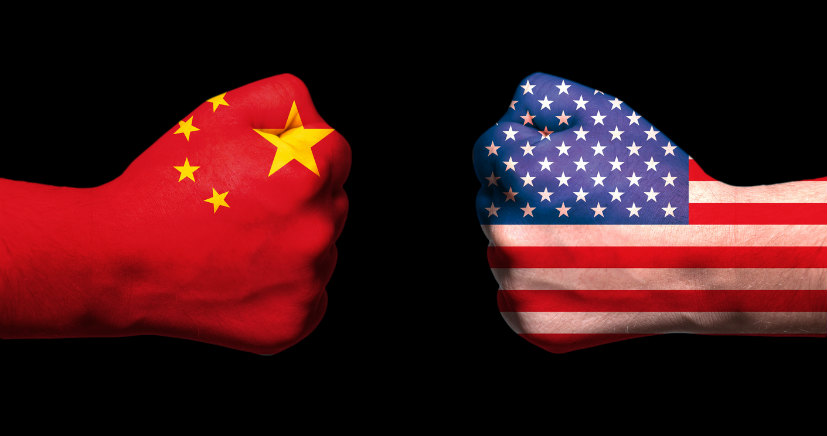New chip. New phone. Same story
- Huawei’s new Pura 70 Ultra smartphone sports some interesting satellite functions and uses a new applications processor but even a modicum of scrutiny reveals that the chip is both uneconomical to manufacture and further behind the cutting edge compared to a year ago.
- Huawei has launched the Pure 70 Ultra with some extra bells and whistles which will draw attention away from the fact that its issues in silicon are not getting better.
- These features include a retractable zoom lens and the ability to send compressed images over a satellite connection in an emergency but most attention should be paid to the silicon.
- This is because the applications processor is what will determine how fast the phone performs and how long its battery life is.
- These are key competitive features, and the signs are that Huawei is falling further and further behind.
- The Pura 70 Ultra is powered by a new chip from HiSilicon called the Kirin 9010 and while no one is yet sure, most commentators think that is made on the same process as the Kirin9000S that came before it.
- This process is a multi-patterning technique using older deep ultraviolet lithography that will allow chips to be made at 7nm and potentially 5nm without having to use extreme ultraviolet lithography (EUV).
- China has no access to EUV and so it has no choice but to use it if it wants to make chips at these geometries.
- Both Intel and TSMC found after trying to use this technique to make chips at 7nm, that the yields were so low that they abandoned it and switched to EUV for 7nm and below.
- When yields are very low, almost all of the chips that are made have defects rendering them useless meaning that all of the capital cost of manufacturing has to be earned on a tiny number of chips.
- This is an uneconomical state of affairs, and it is generally accepted that only through the use of EUV will yields be high enough to earn the cost of capital and some profit.
- However, without EUV, this is all Huawei is left with and the falling gross margins at SMIC (Q4 23 16% compared to Q4 22 31%) are a sign of how much economic pain this can inflict.
- Gross margins are expected to have fallen again in Q1 24 as a result of this activity.
- Furthermore, the Kirin6010 does not have cutting-edge performance which in the last 12 months has moved on yet again.
- Tests on the chip (see here) show it can perform to a similar level as Qualcomm’s Snapdragon 8 Gen 1 but will consume 30% more power to do so.
- This is not a big surprise as Snapdragon 8 Gen 1 is made on Samsung’s 4nm process and so one would expect it to consume more power.
- The current generation Snapdragon 8 Gen 3 is two generations ahead and although it is made on TSMC’s 4nm node, it is still 30% faster and consumes 20% less power than the Gen 2.
- This is a demonstration of how the limitations being placed on the Chinese semiconductor industry are causing it to fall further and further behind.
- This means that SMIC will be unable to make these chips in large volumes without financial assistance because as more of its production moves in this direction, the closer it comes to going bankrupt.
- This is why I don’t think we will see Huawei sell these devices outside of China because there will be no patriotic feeling that drives consumers to purchase a Huawei device.
- Furthermore, The Chinese economy is not in a great state and the government does have limitless funds to pour into the financial blackhole that is 7nm or 5nm manufacturing using DUV.
- Hence, I continue to think that the ideological struggle that is being fought in the technology industry continues to favour the USA as this problem is beginning to affect other areas like AI where China is a real contender for global leadership.
- Hence, 2024 looks like it is going to be a difficult year for China with economic problems and evidence of the USA restrictions having precisely the desired effect.
- This combined with China’s priority of control over free enterprise means that the Chinese technology sector will remain hobbled both in terms of its ability to develop technology as well as attract investment.
- This will serve to accelerate the decoupling which is now well underway as well as divide the technology sector into two distinct and incompatible pieces.
- Restrictions will only make China push harder for self-reliance, meaning that it will create its own standards wherever it can.
- The Balkanisation of the global network inevitably means less growth for all of the technology sector in the long term.










Blog Comments
TLT
April 22, 2024 at 12:28 pm
Full of Western self-righteousness and prejudice。Soon China will have its own EUV. Could any other company survive and thrive in this environment?
RICHARD WINDSOR
April 23, 2024 at 8:57 am
More than happy to accept that… when the EUV machine is up and working and making chips at leading edge nodes in high volume at high yeilds and making money….. some boxes to tick I think.